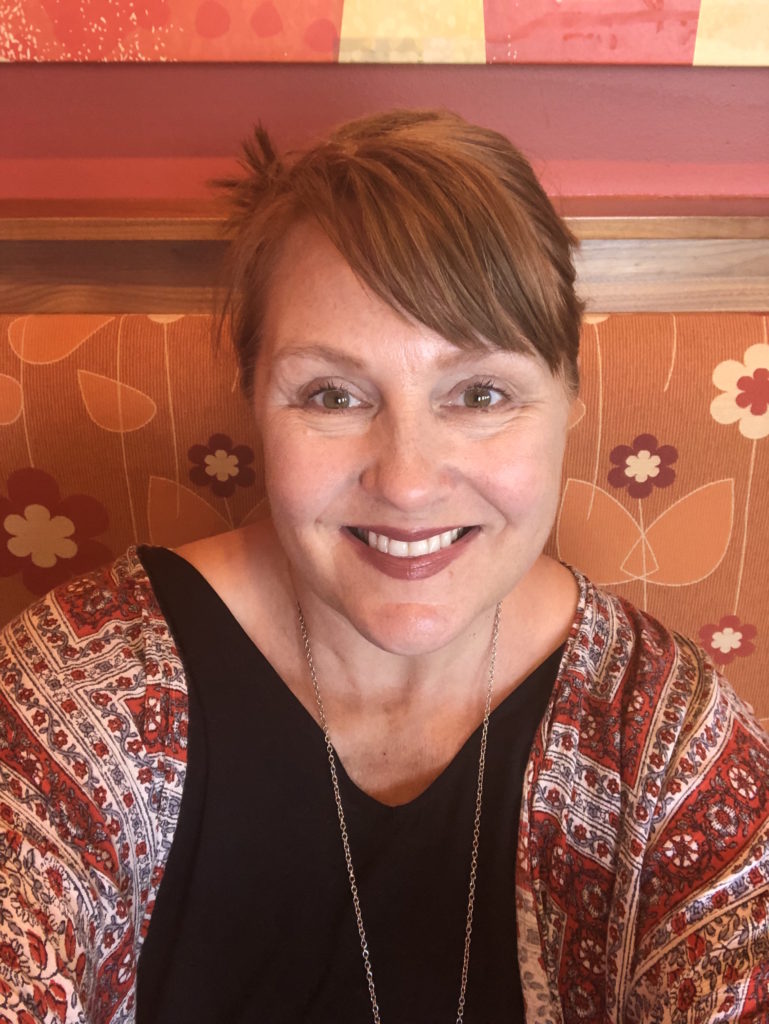
Adapting Learning Experiences for Students with Profound Autism
Imagine arriving at work and being told where to sit, what to do, and how to do it—without being asked...
The number of individuals who are identified with autism currently presents at 1 in 59.
Let’s consider semantics, altering this to 1 among 59. The first separates; the second includes. To be among or within a group is preferential to being tagged as a part of a prevalent trend apart from the general population. You see, when a child is initially identified, parents’ reactions tend to fall somewhere along a spectrum ranging from relief after finally receiving validation of a gut-level knowledge that something about their child was unique and different that others had consistently dismissed to a primal and protective combination of stomach-churning fear paired with deep grief.
It’s true that the type of, quality of, and availability of resources differ greatly for families depending upon multiple factors. Where does the family live? Are they a rural family, or do they live in an urban setting? These factors may impact access to education, support, and healthcare specific to the child with autism. Does the family reside in a community where autism awareness is prevalent? Perpetual myths about autism have the potential to misinform people to an extent that directly impacts the child’s (and the family’s) access to the community in which they live.
A mother whose son identified with autism recently shared that she had enrolled her son in a series of community art classes since her child loved working with clay, demonstrating an early talent. When the initial course was over, she drove to the studio to pick up her child where she found the education director waiting for her. This parent was informed that her son could not continue in the class because one of the teachers knew he had autism and she was not comfortable working with students who, and I quote, “were mentally disturbed and didn’t know how to relate to human beings”. Not only was the child not allowed to return due to the teacher’s uneasiness with him, the family was not provided a refund for the $300.00 class because the family hadn’t indicated the child’s disability on the registration form. The parent was angry, frustrated, and grief-stricken: her child had loved the class and no problems stemming from his behavior were reported. The single exclusionary factor was the teacher’s core beliefs about the autism-ness of autism.
It’s not uncommon for the world of a child with autism to be quite small due to instances such as this. If a child were to be among peers, among family and friends, and among community members consistently, the myriad of myths surrounding autism may fade to the point where an individual is known not for traits that for some define autism but for their personality, humor, interests, and yes, for problems and hang-ups, too. Isn’t that what we all desire, to be known by those who matter to us and to not have to change in order to get in and fit in, but to be able to be ourselves and be invited in anyway?
Some define friendship in terms of humor and humanity: you know me and yet you like me in spite of myself. Imagine a mandala: the word “mandala” is from the classical Indian language of Sanskrit that may be translated to mean ‘circle’, representing wholeness. Visualize the person with autism surrounded by an ever-expanding circle of family, peers, and community members. Contemplate the possibility of wholeness through unity, support, knowledge, and respect. This is the vision and the advantage of embracing autism through community, by being counted as “among.”
About the Author

Dr. Camille Brandt has experience teaching and leading in public and private elementary schools and has taught in higher education for 15 years. She is a trained New Teacher Mentor and frequently provides consultation to providers working with students impacted by ASD. Her areas of expertise include Autism Spectrum Disorder, Inclusive Education, and Curriculum and Instruction. Dr. Brandt has provided professional development on these topics and has presented on related themes at state, national, and international education conferences. She may be reached at camille.brandt@bemidjistate.edu.